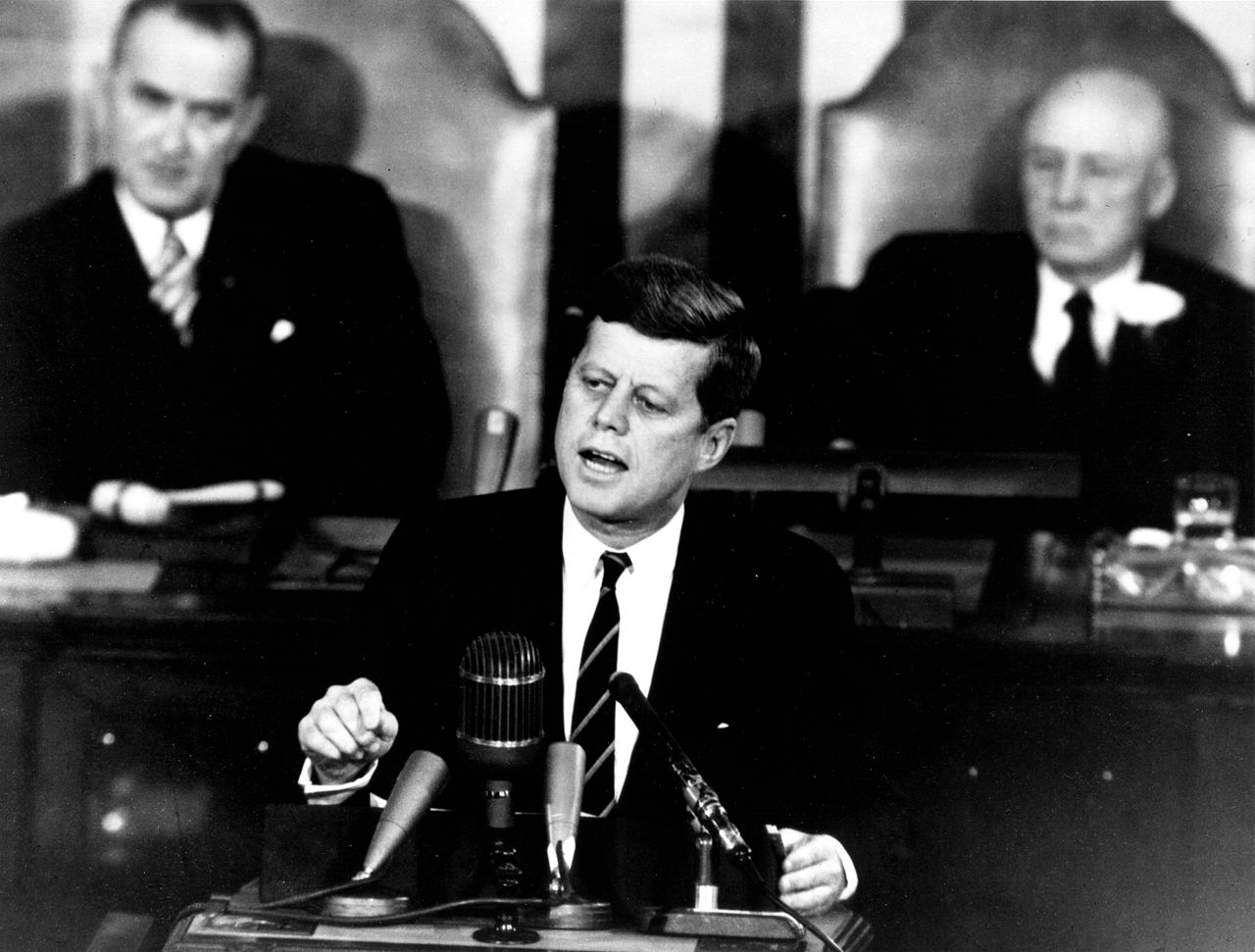Audiobiography: A Sonic Memoir of the 1960s
John F. Barber
Politics, civil rights, women's rights, the Cold War, the Vietnam War, nuclear war, culture wars, space exploration, and popular culture provided the backdrop for my experiences in the 1960s. For me, the '60s were a time very much given to rhetoric(s): political posturing, antiwar chants, reports of victory and death, self-expression, and music unlike any ever previously heard. If not through personal experience, I could hear these rhetorical messages via radio and television broadcasts. "Audiobiography: A Sonic Memoir of the 1960s" combines samples of these messages with personal narrative about how sonic rhetorics shaped my life during the 1960s. More broadly, this work investigates how sonic rhetorics might help create complicated and compelling audio biographies.
(Click on the image to enter.)
This article includes copyrighted material in the form of images, text excerpts, and audio and video clips. The inclusion of such materials in this article for critical, scholarly, non-commercial purposes constitutes fair use, as provided for in Title 17 U.S.C. section 107 of U.S. Copyright Law. Specifically,
1). The purpose and character of use: The copyrighted work quoted and referenced is intended to raise questions, drive analysis, and provide substantiation for analytical claims. The use is also transformative in that all copyrighted work is used as basis for original analysis and commentary that either expands upon or differs from points made in the original works. There is also an element of parody involved in that material(s) are used as the basis for personal memoir and autobiographical self-reflection.
2). The nature of the copyrighted work: The copyrighted work utilized includes quotes and excerpts from text (magazines, newspapers, online publications), radio (news broadcasts), and video (television news reports, political advertisements) sources. Proper citations can be found within the work and its accompanying bibliography.
3). The amount and substantiality of the portion taken: None of the copyrighted works have been reproduced in their entirety. Portions used include quotes and excerpts from published articles and/or radio/television news broadcasts and/or transcribed scenes from either/both.
4). The effect of the use upon the potential market: This original, scholarly analysis/commentary should not affect the historical, communications, entertainment, or other potential journalism markets in that all conclusions derived from examining these sources are the opinions of the author. No copyrighted work was reproduced in its entirety, all works are cited, and no profit will be derived from the publication of this essay.
